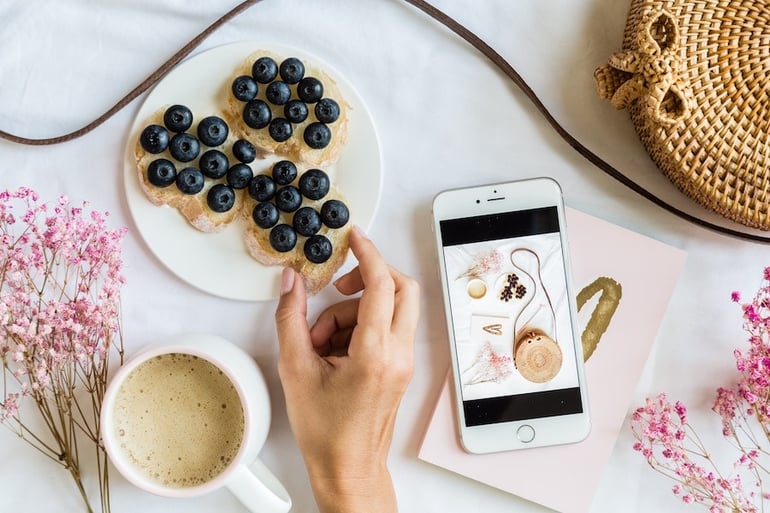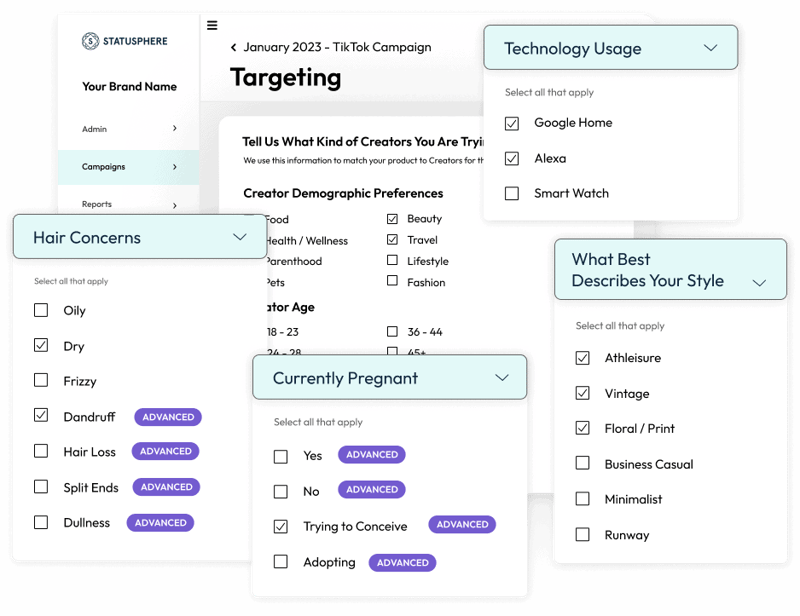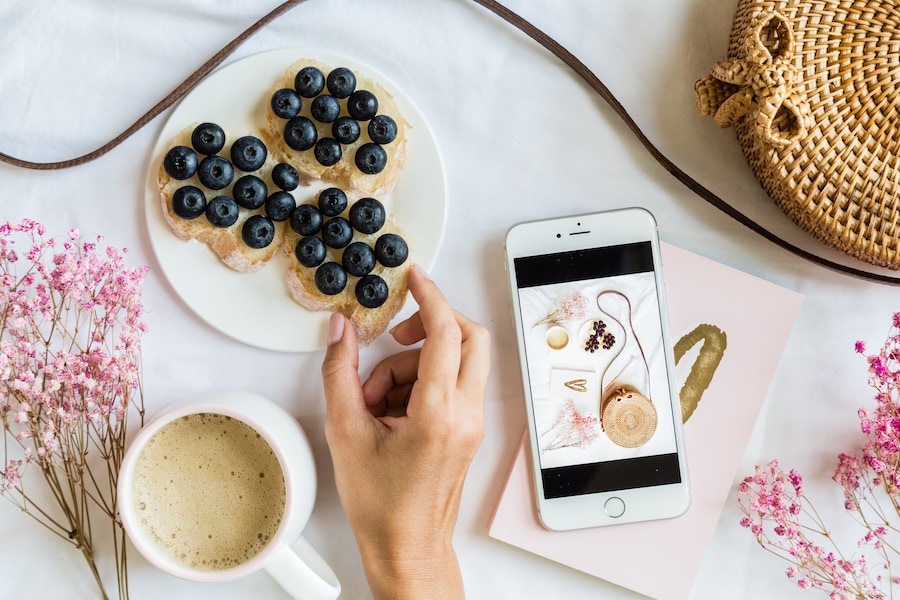
Don’t let those sneaky slotting fees take you by surprise if you are a new seller trying to make it in the grocery store game.
With grocers raking in over 9 billion dollars (and rising) in profit just from having food on the shelves, it could make anyone question why you would want to risk moving your product into stores and dealing with slotting fees.
Since it doesn’t seem like they’re going anywhere anytime soon, here’s what you need to know about slotting fees as a food brand.
What Are Slotting Fees?
A slotting fee is a one-time payment brands make to retailers to acquire shelf space for product placement. This fee is generally used as insurance in case your product does not sell quickly and takes up the shelf without turning profits. That space theoretically could have been used for a different product and caused the store to incur a loss - which is where the stocking fee comes in. Since 70-80% of new products in stores don’t sell, this makes sense.
A lot of industries have a kind of slotting fee if you think about it. For example, salons often charge stylists for their chair and a portion of their profits. There has to be a way for the store to make money on their end for the floor and shelf space your product will take up.
Which Stores and Industries Use Them?
While large chain stores like Walmart, Target and Walgreens definitely use a form of slotting fees, you may find that some smaller stores use a marked-down version or not use them at all. Before you work on making a deal with a grocery store to get your product on their shelf, you should know what kind of slotting fee is standard for them. You may have to contact them for their current rates as they change per location and position on occasion.
Slotting fees may seem arbitrary, but they actually are regulated by the FDA by industry. Certain products are generally exempt from paying slotting fees (think staples like meats, cheeses and flour), while other categories almost always have slotting fees. Here’s a link to a study by the FTC that goes over what regulations are in place for slotting fees and the average costs they have found from back when they study was taken in 2003.
Some stores don’t have slotting fees at all. Trader Joe’s is one big example of a nationwide brand that doesn’t use slotting fees. They have found this allows smaller and newer brands to make their way onto their shelves and provide the best experience for their shoppers.
How to Negotiate Your Slotting Fee Down
When it comes to slotting fees you don’t have to just agree with the price retailers present you with initially. Here are some ways to tastefully negotiate the price down.
- Change shelving placement. Placement lower on the shelves is often cheaper than other positions. This spot is not ideal because it isn’t directly in the consumer's line of sight, but it can come with a cheaper price tag.
- Provide previous sales information. If you have any positive sales numbers to show you may be able to get a discounted slotting fee. Remember, slotting fees are a form of insurance for brands - you have to prove your product will sell and they are likely to lower the entry costs.
- Measure your sales as they come in. Keep tabs on how quickly your product is selling in each location or retailer. If your product is selling well, the retailer is more likely to be willing to negotiate the terms of your slotting fee to keep your product in their store.
How to Make the Fee Worth It
As we mentioned above, your sales numbers have a big effect on your slotting fees and if your sales can’t keep up you will likely be taking the fee you paid and the product you provided at a loss. Being able to drive foot traffic towards your product in stores will help your brand sell and also help you establish yourself as a reliable brand to stock in the future.
Here are some of the best ways to drive that traffic through marketing:
- In-store beacon technology
- In-store presentations
- Brand events
- Sampling
- Displays
- A strong social media presence
- Utilizing influencers
Using these various methods you can ensure that paying that slotting fee will be worth it. To read more on each of these methods to drive sales in retail and grocery stores click here!
Paying a slotting fee can feel like a big hit to your budget, but if you know what is standard, negotiate effectively and market your product right, your profit will outweigh the costs.
If you're navigating the world of slotting feeds while also trying to scale your influencer campaigns, Statusphere can help. We actually specialize in working with consumer brands.
With Statusphere's advanced matchmaking technology and creator network, we match brands with relevant creators in a way that's scalable without sacrificing creator quality. Our micro-influencer marketing platform matches brands with creators using 250+ first-party data points.

Statusphere also eliminates the most time-consuming pieces of working with influencers in-house thanks to our advanced matchmaking and fulfillment technology. We’ve already generated 75,000+ pieces of content for 400+ consumer brands.
Want to see how our platform works? Get in touch with one of our experts to learn how we can boost your brand's retail presence with guaranteed content at scale.
